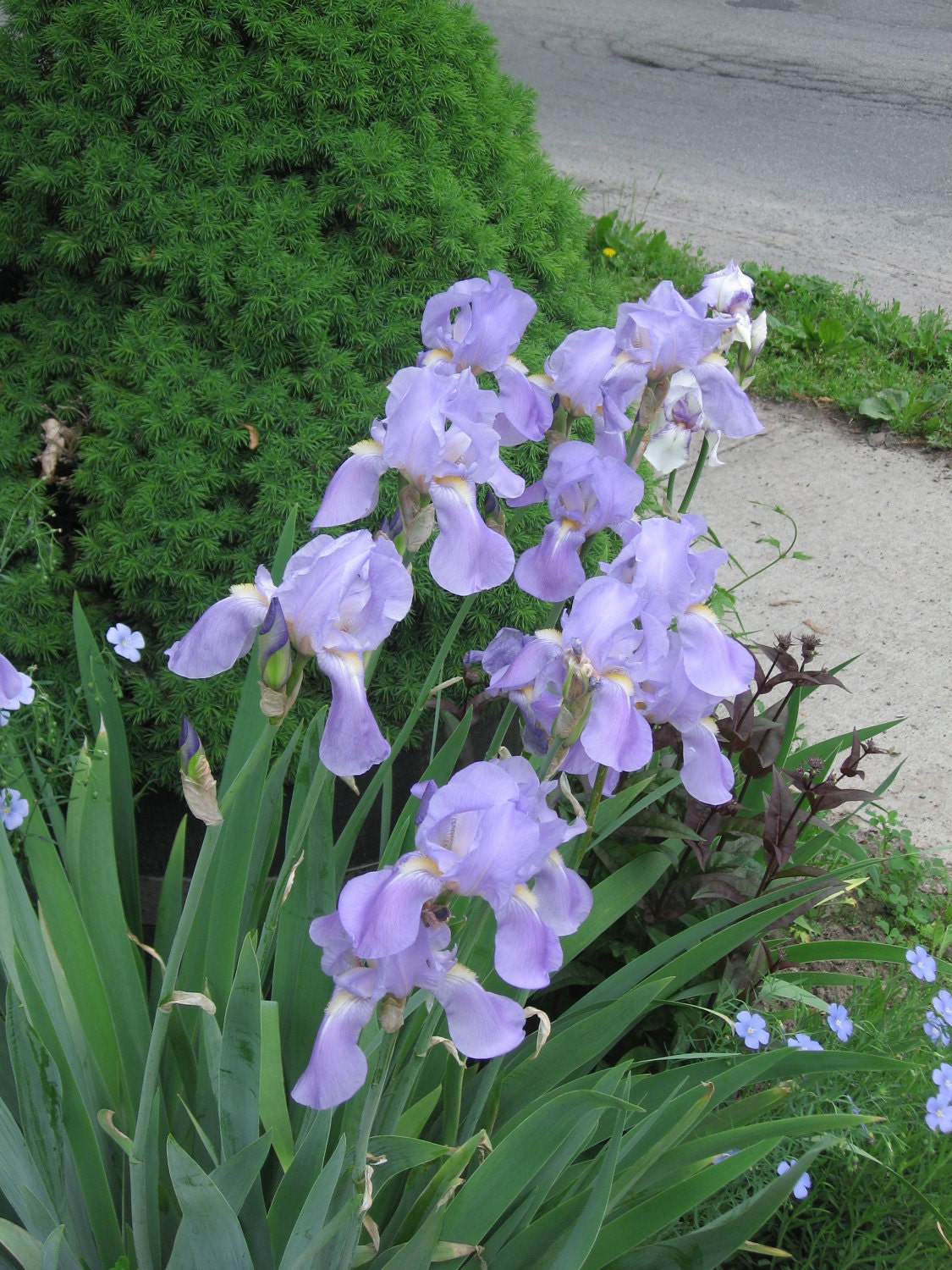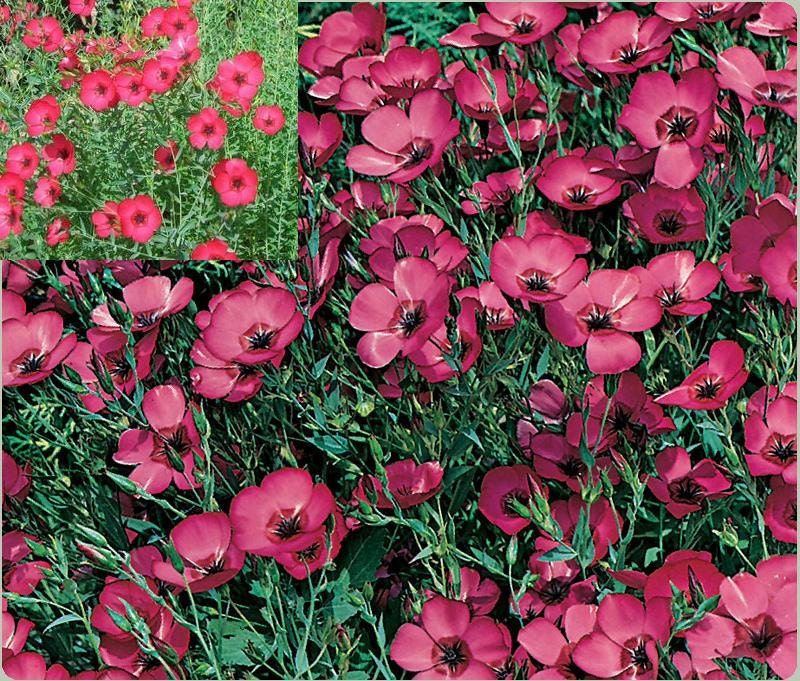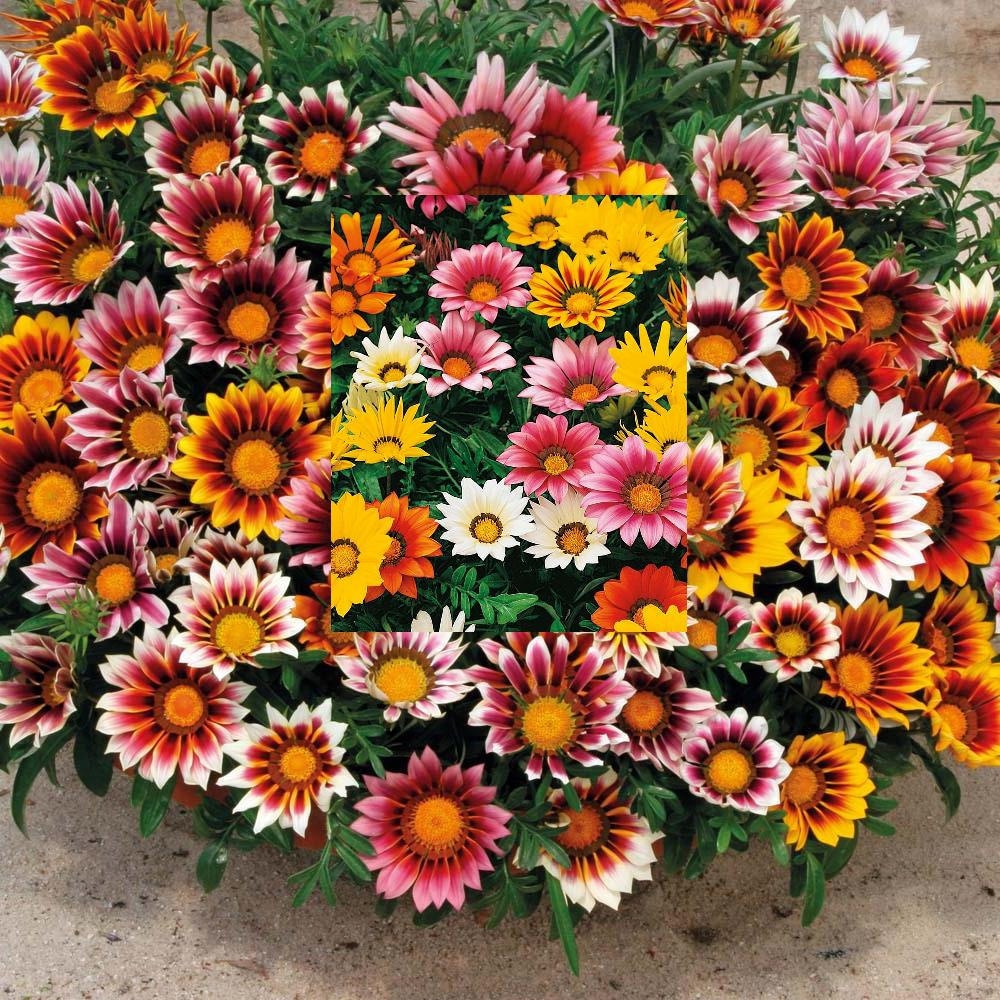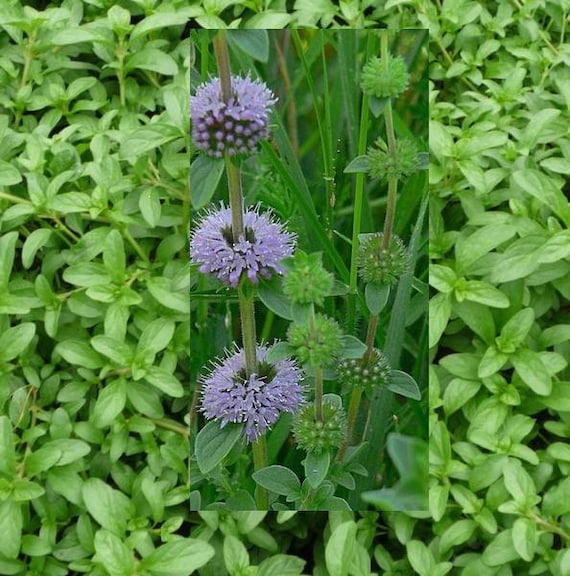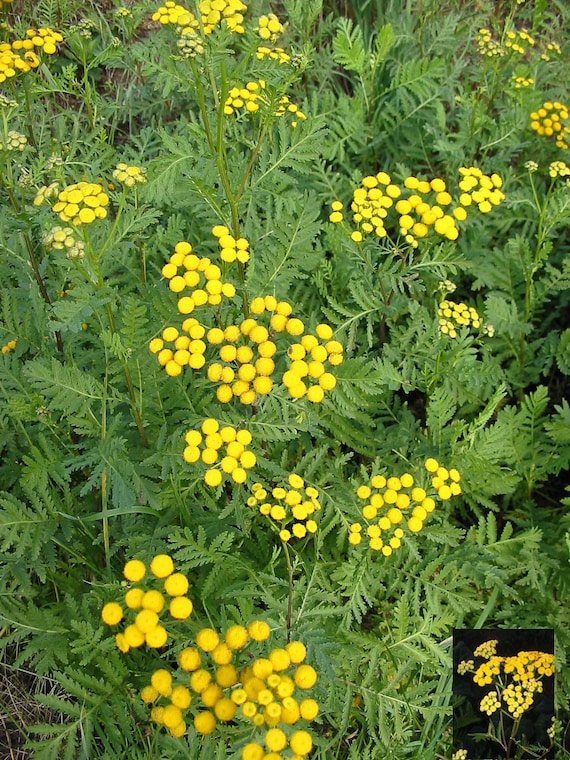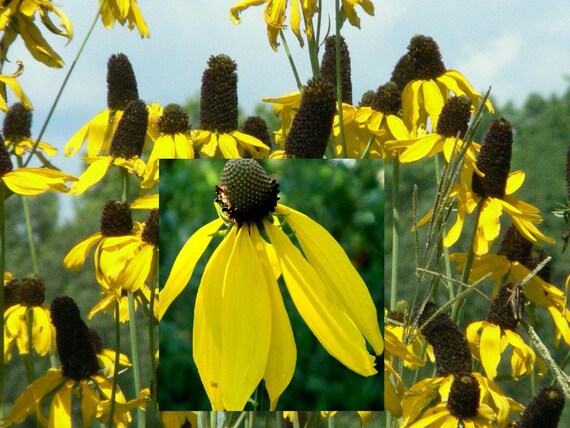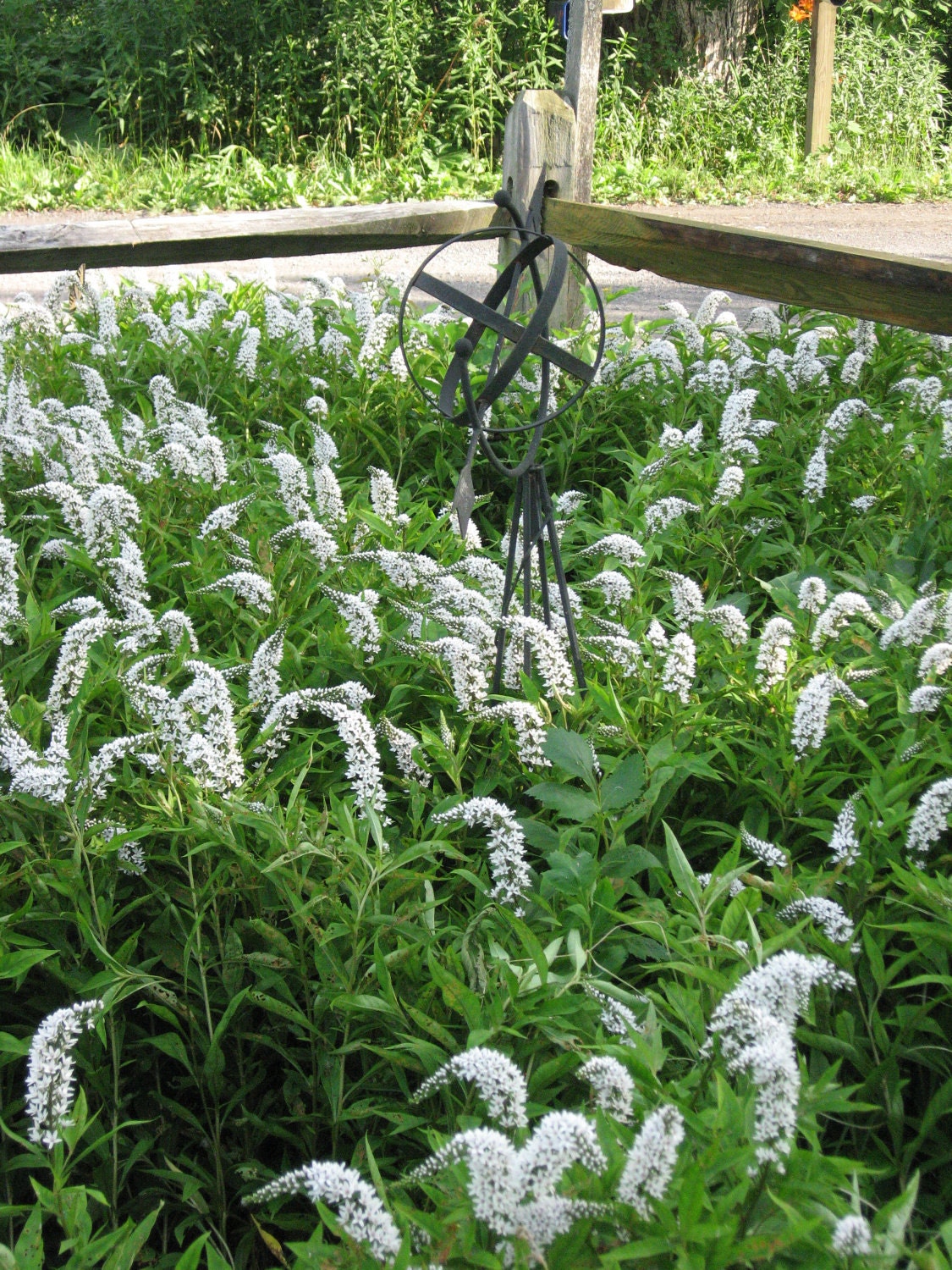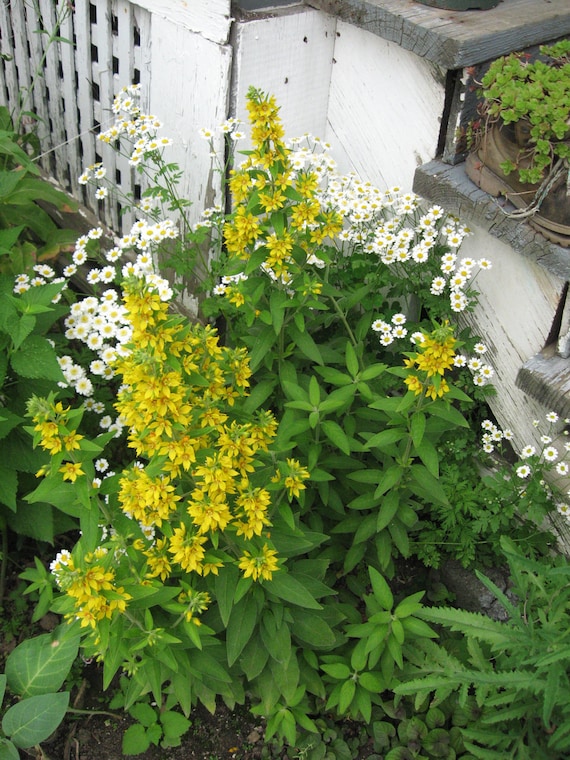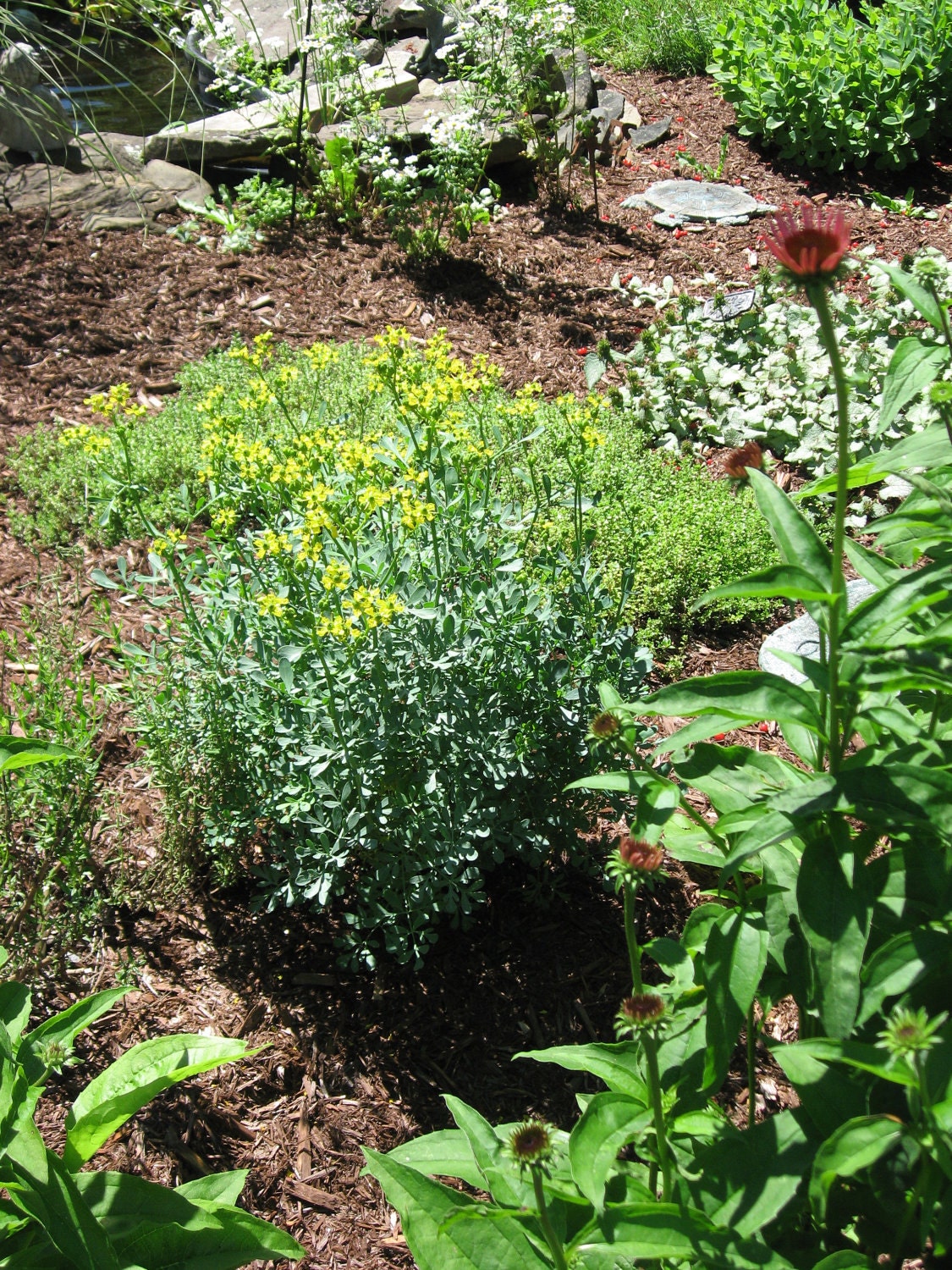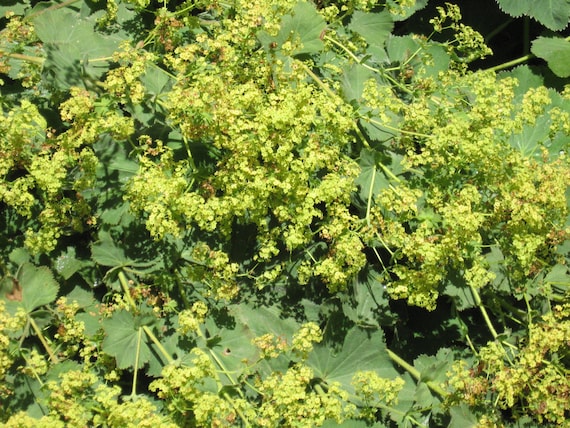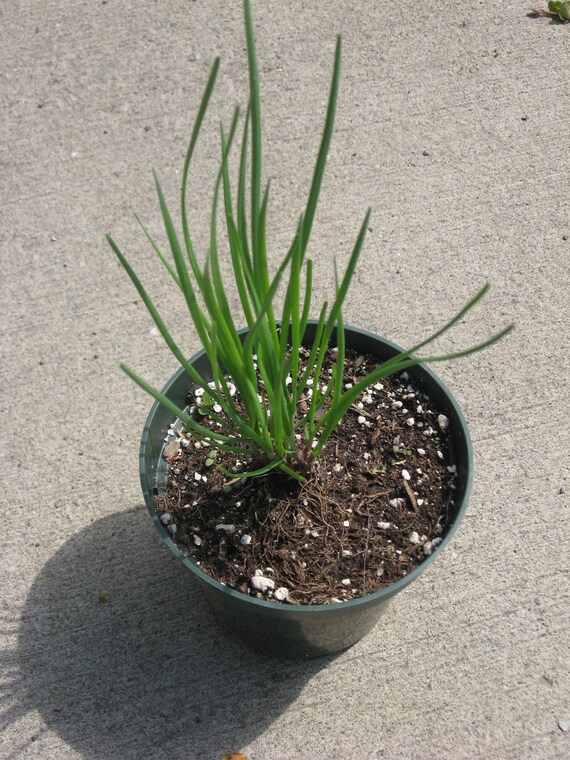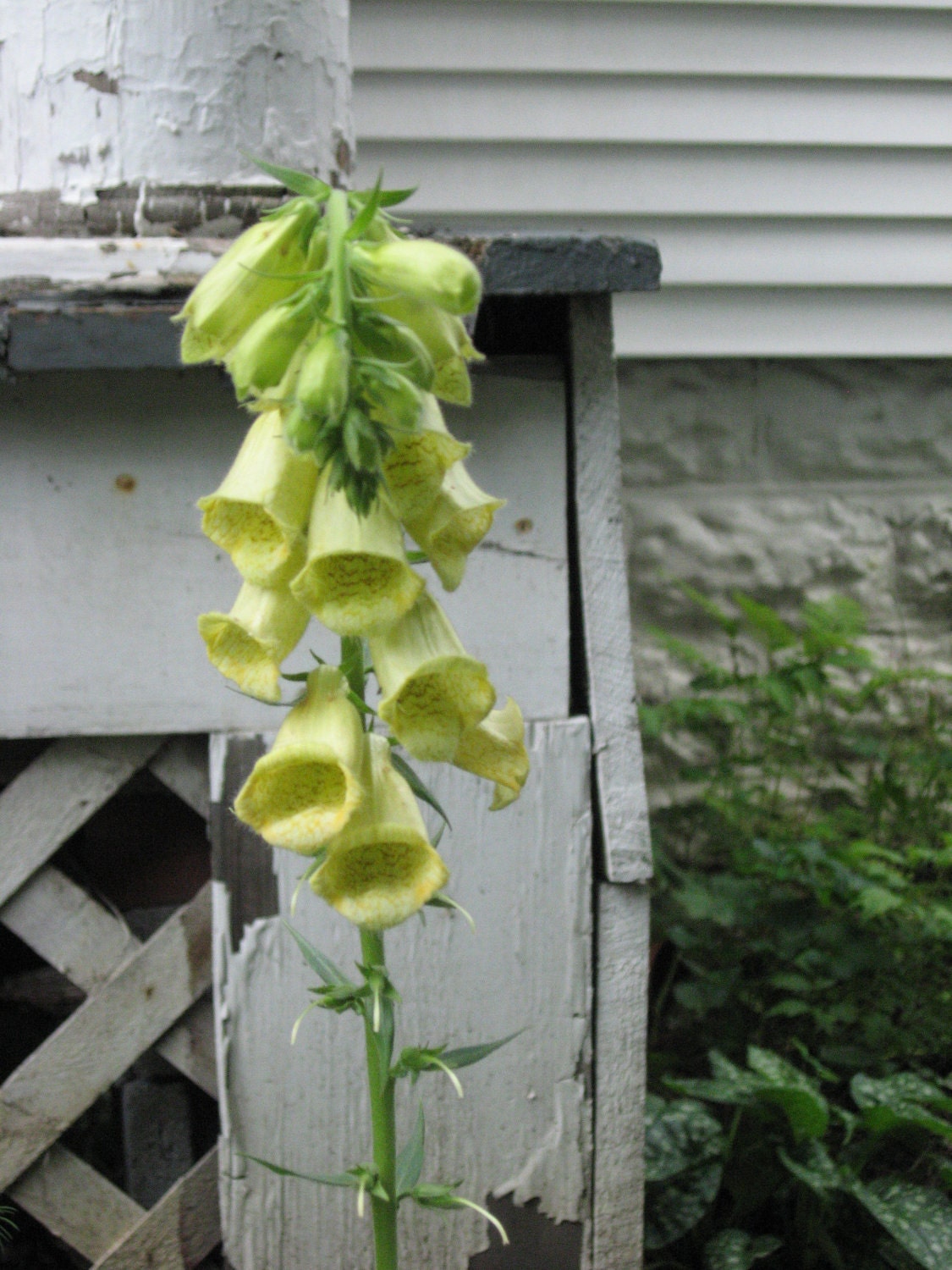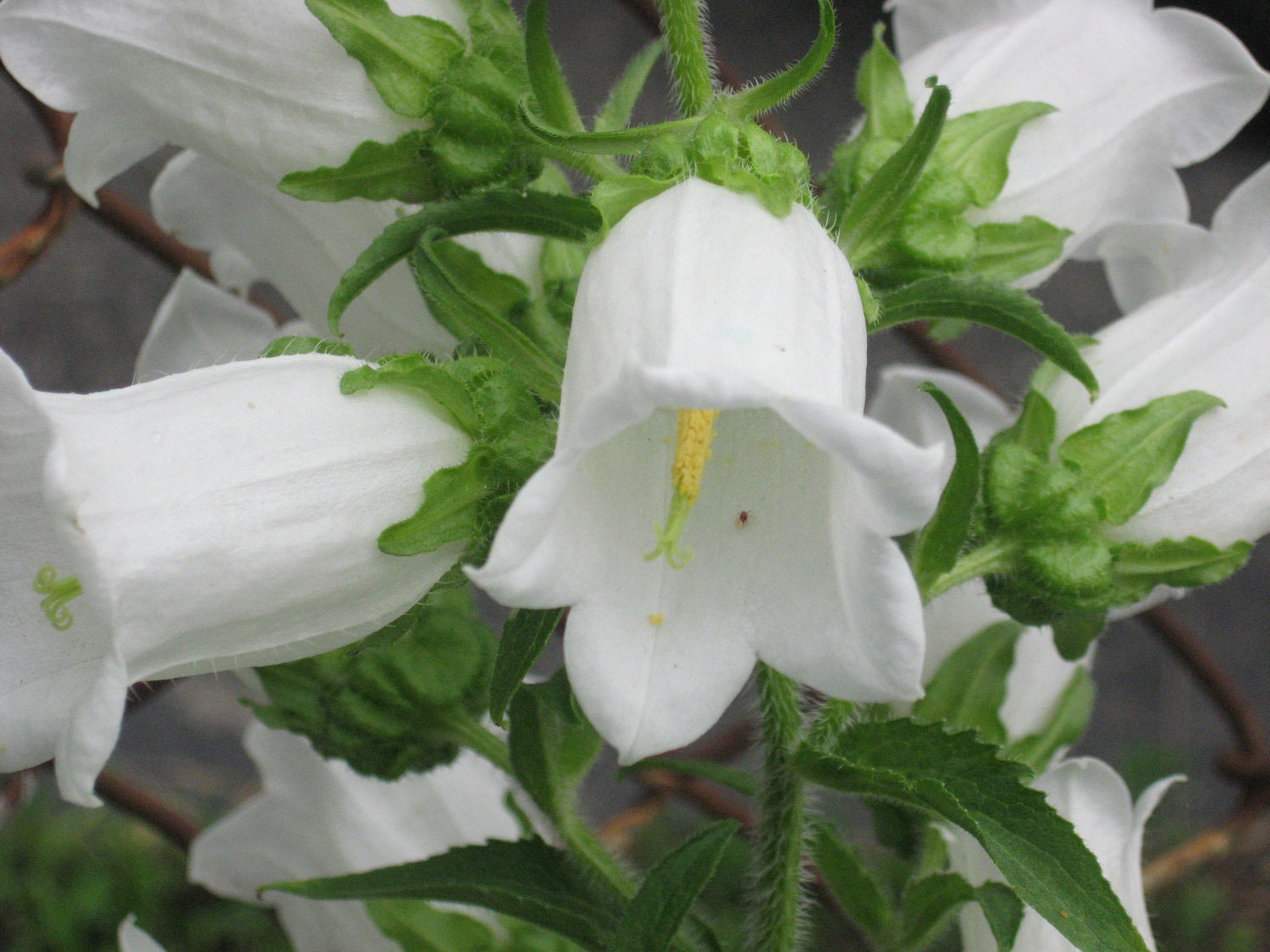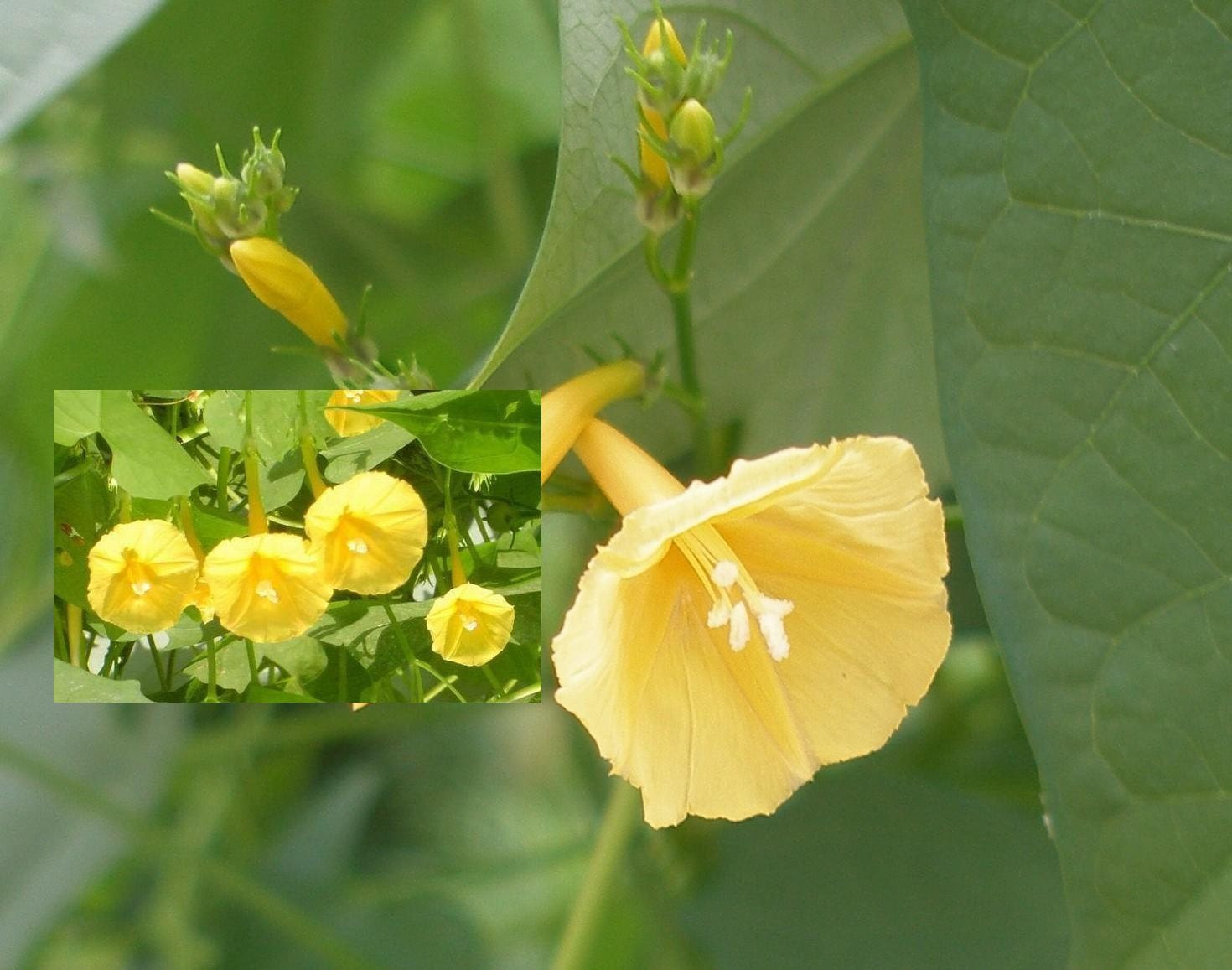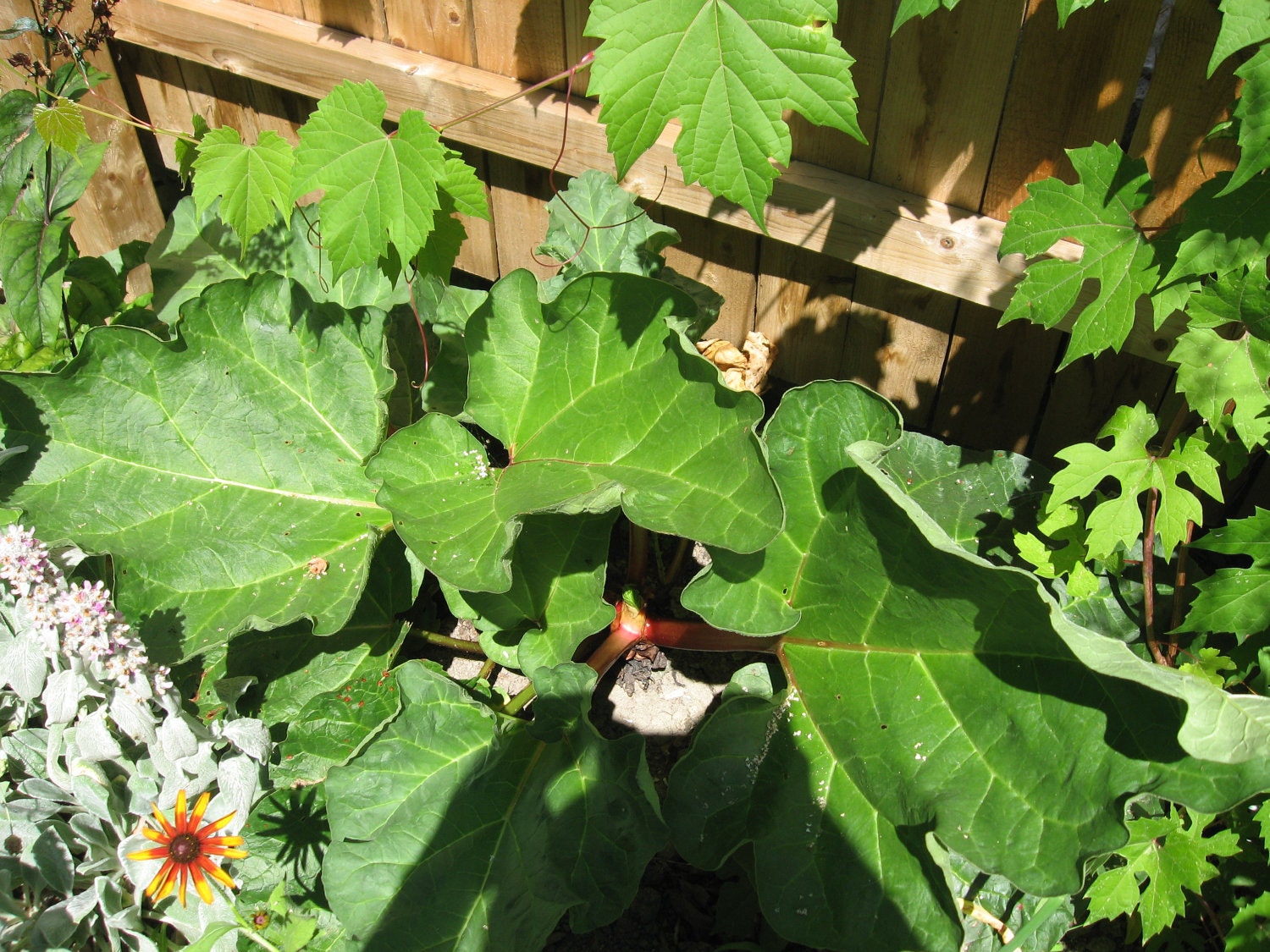
Rhubarb (Rheum rhabarbarum) Perennial, zones 3-8, -40 to 15F winter temperatures. As you can see, it is a perennial that needs a winter cold period...or does it? When grown from seed, it can be grown as an ANNUAL in hotter parts of the country. The plant itself can tolerate "winters" above 32 degrees with brief dips below that and continue growing. Started in the warm part of fall (not excessive heat) it can then be grown through the winter months and harvested in the late spring before the summer heat kills it off. The stalks, which are the only edible part of the plant...the leaves are poisonous....are numerous though thin. I prefer the thinner stalks anyway because they are less stringy. In fact, it's even difficult for me to type the word rhubarb without my mouth watering. It's tartness is heaven in straight rhubarb pie, strawberry rhubarb pie, rhubarb sauce, cake, crumble. As a kid, I would wander all over the neighborhood chewing on a stalk of it. It needs full to part sun, water when dry, and fairly good soil. If the soil is not fertile, add organic matter. So if you are a northern transplant to the south and miss fresh rhubarb or a southern who likes quirky vegetables and likes to amaze family and mystify friends, give this a try. Or if you're a northerner in the north that likes to start things from seed, again, give it a try. In the north, start these no later than August and they will establish enough to make it through the winter and then they will continue to grow yearly after that.
Buy seeds here!
